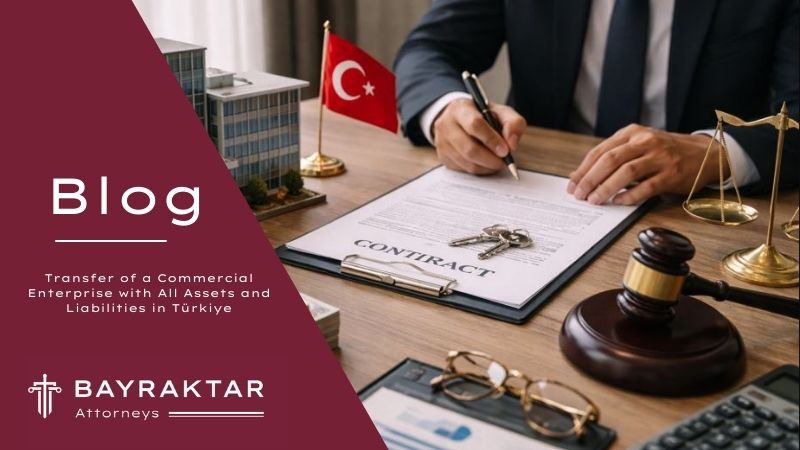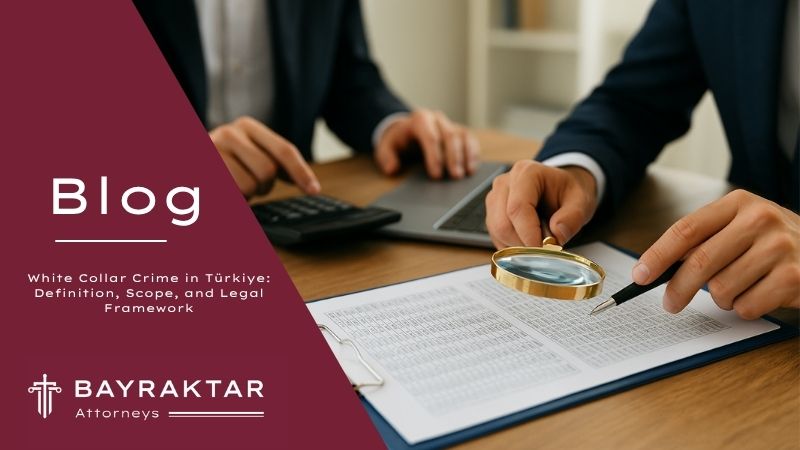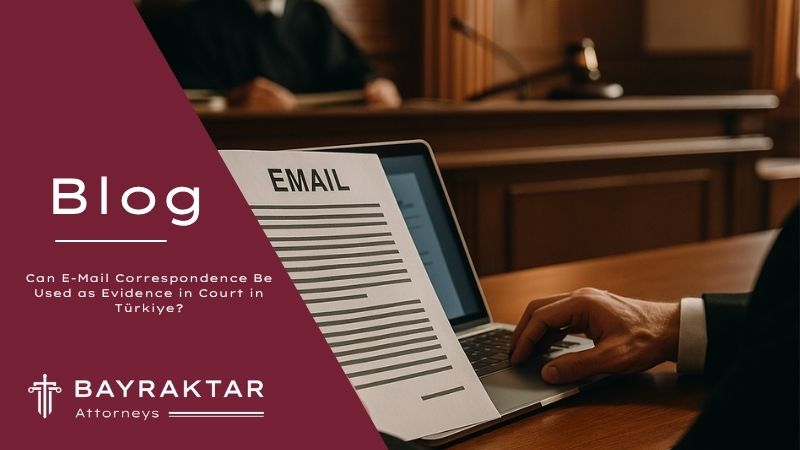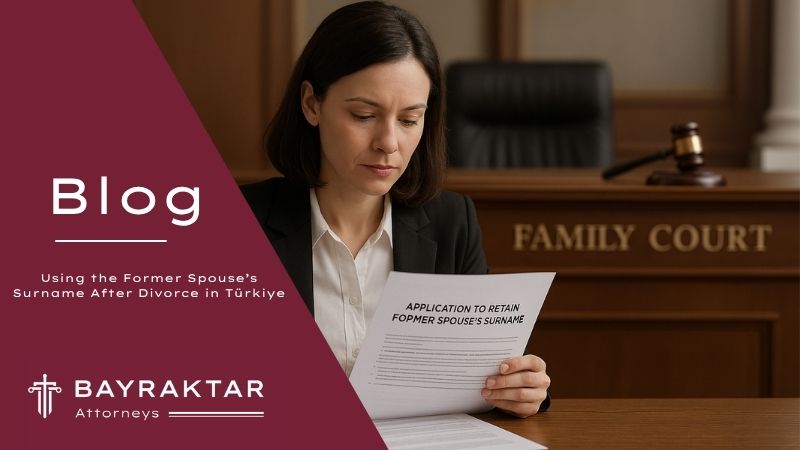
A. Documents Required For Application
- Application Form
- For Intermediate Grades:
- For Graduates:
- For Turkish Citizens:
- For Foreign Nationals:
- Translation Requirements:
- Document Authentication:
- Apostille Requirement:
B. Procedure During Document Issuance Process
- Prepare The Documents Listed Above. Do Not Apply If The Residence Permit, Residence Permit Application Document, Or University/School Acceptance Letter Is Missing.
- Applications Can Only Be Made By The Individual, Their Guardian, Or Their Legal Representative.
- Fill Out The Application Form And Submit It To The Equivalency Application Desk.
- Obtain An Appointment For The Delivery Of Your Equivalency Certificate.
C. Collection Of The Issued Certificate
- Visit The Office On Your Appointment Date And Collect Your Equivalency Certificate From The Document Delivery Unit.
- Certificates Can Only Be Collected By The Applicant, Their Guardian, Or Their Legal Representative. For Applications Made By Schools Or Institutions, Only Authorized Persons With A Letter Of Authorization May Collect The Document.
- Applications Related To Health Fields (E.G., Nursing, Midwifery) Are Evaluated By A Committee That Convenes Once A Month. However, Practical Training Conducted In Hospitals Is Exempt From This Timeline.
D. Diplomas That Cannot Be Equivalentized
- Certificates Such As “Berufschuleabschluss,” “Lehrschulabschluss,” And “Fähigkeitszeugnis” From Vocational Schools (“Berufsschule”) In Germany, Austria, And Switzerland Cannot Be Equivalentized.
- Equivalency Is Not Granted For Preparatory Class Certificates.
E. Equivalency Procedures For Health-Related Documents
Required Documents:
- Apostilled Diploma/Attestat/Certificate Of Graduation (High School Level).
- Document Proving The Previous Level Of Education (E.G., Attestat/Certificate Of Graduation Or Report Cards From The Last Two Years Of Middle School).
- Transcript Showing Weekly Course Hours And Its Turkish Translation.
- Identification Document/Work Permit Or Valid Residence Permit (Not Expired).
- Passport.
- In Case Of A Name Or Surname Change, A Name Equivalency Certificate, Detailed Family Registration Document, Or Marriage Certificate.
Note: Documents Obtained After High School Education (E.G., “Subbachelor” Certificates) Cannot Be Evaluated By The Health Commission.
Ministry of National Education Equivalence Regulation
CHAPTER ONEPurpose, Scope, Basis, and Definitions
PurposeARTICLE 1The purpose of this Regulation is to regulate the processes related to the equivalency procedures for those who have studied in primary or secondary education institutions abroad.
ScopeARTICLE 2This Regulation covers the equivalency procedures and related processes for students who have studied in primary and secondary education institutions abroad.
BasisARTICLE 3This Regulation is prepared based on Articles 2 and 8 of the Law No. 3797 on the Organization and Duties of the Ministry of National Education, the Law No. 222 on Primary Education and Training, the Law No. 625 on Private Education Institutions, and the Law No. 2675 on International Private Law and Procedural Law.
DefinitionsARTICLE 4In this Regulation, the following terms are defined:
a) Ministry: The Ministry of National Education,b) Presidency: The Presidency of the Board of Education and Discipline,c) Educational Attaché: Educational attachés within the embassies of the Republic of Turkey,d) Educational Counsellorship: Educational counsellors within the embassies of the Republic of Turkey,e) Equivalence: The process of determining the equivalent class/field/section of education in Turkey by reviewing documents such as report cards, transcripts, certificates, separation documents, and diplomas obtained from foreign primary and secondary education institutions.
CHAPTER TWOApplication for Equivalence, Documents to be Requested, Issuance of Equivalence Certificate, Loss, Diploma Grade, Determination of Field/Section
Institutions to Conduct the Equivalence Process and Application for EquivalenceARTICLE 5Equivalence procedures are conducted by provincial national education directorates in Turkey and by educational counsellorships and attachés abroad. Applications for equivalency are made to these institutions.
Equivalence is processed with the original documents such as report cards, transcripts, certificates, separation documents, and diplomas obtained from foreign primary and secondary education institutions. However, in case the original documents are lost, equivalency can also be made with certified copies or photocopies of these documents approved by the school administration where the student studied abroad.
If a student arrives without an educational document during the school year, their parent’s written statement specifying the country, school, and grade they attended is considered, and temporary school attendance is granted. However, the parent is asked to provide the student’s educational documents within two months. The relevant school administrations follow up on the completion of the final equivalency process. Those who fail to submit their documents will be subject to action in accordance with general regulations.
Documents to Be Requested for Equivalence ProcessARTICLE 6For the equivalency process, the following documents should be attached to the “Application Form for Those Who Will Receive the Equivalence Certificate” (Appendix-1):
a) For primary school students, report cards from the last year and, if available, the separation document from the foreign school they attended,b) For secondary school students, report cards from the last two years and, if available, the separation document or the primary school (middle school) diploma,c) For those who have completed secondary education, report cards from the last two years and a diploma or a certificate stating they are entitled to receive a diploma,d) Notarized Turkish translations and photocopies of foreign language documents.
For those entitled to receive a secondary education diploma but unable to present it, temporary equivalency is issued. Once the diploma is submitted, a final equivalency certificate is issued.
Issuance of Equivalence Certificate and LossARTICLE 7When issuing the equivalency certificate, the following rules are followed:
a) The educational documents attached to the “Application Form for Those Who Will Receive the Equivalence Certificate” are evaluated considering the criteria of the relevant country and prepared in two copies,b) The certificate is written on the official letterhead of the authorized institution and addressed to the person or institution submitting the application, with the name and surname of the person whose equivalency is being processed included in the body of the certificate,c) After stating the subject and title, the date of the application letter and, if other correspondence has been made, the dates and numbers of those letters are written in the “REFERENCE” section,d) In the text section, the schools and grades attended by the applicant are specified, along with the educational document showing the last school and grade attended, and the equivalency of the foreign education to the education in Turkey is written,e) In the lower part of the equivalency certificate, the types and numbers of the reviewed documents are listed item by item in the appendices section.
The first copy of the equivalency certificate, along with the educational documents, is handed over to the relevant person in exchange for a signature or sent by mail. However, all the educational documents that are the basis for the equivalency are stamped with “EVALUATED” on their reverse side, and the date and number of the equivalency certificate are written in the relevant sections on the stamp. The second copy of the equivalency certificate with initials, along with photocopies of the documents, is filed in the institution where the equivalency was processed.
In case of an objection to the equivalency certificate, a reevaluation is made.
In case of loss of the equivalency certificate, upon the applicant’s request, an approved copy is handed over or sent by mail.
For matters not covered in this Regulation and the Equivalence Guide, the opinion of the Presidency is sought.
Diploma Grade for Students Returning from AbroadARTICLE 8For students who have completed their education abroad and returned to Turkey, their diploma grades, if they graduate from schools in Turkey, are determined according to the relevant provisions of the “Regulation on Primary Education Institutions of the Ministry of National Education” for primary education institutions, and the “Regulation on Secondary Education Institutions of the Ministry of National Education” for secondary education institutions.
Determination of Field/SectionARTICLE 9For students entering general high schools and vocational and technical high schools in intermediate and final grades, the field/section is written in the equivalency certificates. For students whose report cards or documents from abroad do not specify a field/section, the courses they took and the grades they received are evaluated, and the field/section is determined based on the most recent educational documents.
If the completion documents of students who are considered to have completed secondary education do not specify the field/section they graduated from, the field/section is determined based on the courses they took and the grades they received. If this determination cannot be made, the field/section is not specified in the equivalency certificate.
For students who completed their entire secondary education or at least the last two years abroad or in international schools or embassy schools in Turkey, and whose documents do not specify the field they graduated from or for whom the field cannot be determined from the courses they took, the “Foreign Language Area” right is granted.
Open High School AdmissionARTICLE 10For students determined to have completed education at the level enabling them to enter secondary education institutions in Turkey, who state in their application that they will continue at the Open High School, their equivalency certificate will also include the number of terms they studied, the number of credits earned, and how many more terms they are entitled to study.
CHAPTER THREESchools Not Eligible for Equivalency
Students Coming from the Turkish Republic of Northern CyprusARTICLE 11For students transferred from the Turkish Republic of Northern Cyprus, no equivalency process is carried out. These students are registered in the type of school corresponding to the documents (diploma, certificate, etc.) they bring, and their files are requested from the school they came from.
Level Determination ExamARTICLE 16The level determination exam; is the exam taken by students who have been accepted into the educational institutions in Turkey, to evaluate their knowledge and place them in the appropriate class or grade according to their previous educational background. The procedures and criteria for this exam are set by the Ministry of National Education. The exam aims to assess the student’s proficiency in subjects such as Turkish language, mathematics, and science.
FIFTH CHAPTERGeneral ProvisionsARTICLE 17In cases where a student has completed their studies in a foreign institution and the documents required for equivalency are missing or incomplete, the applicant will be asked to submit the necessary documents. If the documents cannot be provided, an equivalency assessment will be done based on the documents that are available, and the Ministry may request additional information or documents from the relevant educational institutions.
ARTICLE 18If any information submitted in the equivalency application is found to be false or forged, the equivalency process will be canceled, and the relevant legal actions will be initiated against the individual responsible for the submission of the fraudulent information.
ARTICLE 19Students who have received equivalency certificates and are dissatisfied with the decision may file an appeal within 30 days of receiving the certificate. The appeal will be reviewed by the Ministry, and a final decision will be made.
ARTICLE 20In cases where a student has studied at a school abroad that is not recognized by the Ministry of National Education, the Ministry will assess whether the student’s education meets the criteria for equivalency. If it does, the student will be given equivalency in accordance with the laws and regulations governing foreign education equivalency.
ARTICLE 21The Ministry of National Education is authorized to make changes or updates to the regulations and procedures outlined in this directive. Any changes will be communicated to all relevant institutions, and adjustments will be made accordingly.
If you need legal assistance for diploma equalization than contact Bayraktar Attorneys for proffessional assistance





